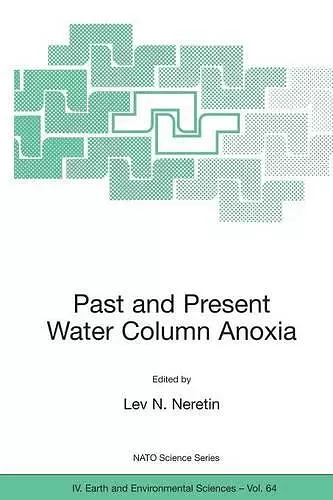Past and Present Water Column Anoxia
Format:Paperback
Publisher:Springer-Verlag New York Inc.
Published:21st Dec '05
Currently unavailable, and unfortunately no date known when it will be back

Life on Earth emerged under anaerobic conditions. Many fundamental b- chemical and metabolic pathways evolved before the atmosphere contained oxygen. Today, anaerobic (anoxic) conditions in marine milieus are generally restricted to sediments and to basins isolated from oxygenated deep-sea cir- lation. Oxygen-de?cientorhypoxicconditionsarede?nedinoperationalterms. In speaking of the degree of O -de?ciency, the term hypoxic is usually de?ned 2 as ranging between 22 and 64?MofO , while suboxic refers to a range below 2 10?M, and anoxic is the complete absence of oxygen. Biologists commonly use the term hypoxia to describe the point at which animals suffocate. But the papers presented in this book deal with the whole range of oxygen-de?cient conditions, and the de?nitions some authors have used here may vary. Enhanced oxygen consumption by decomposition of organic matter and slow downward mixing and diffusion of dissolved oxygen from the surface waters can lead to oxygen de?ciency in the water column in highly productive waters, forming the Oxygen Minimum Zone (OMZ). Bottom waters of coastal upwelling regions are frequently exposed to hypoxic (suboxic) or anaerobic conditions owing to extremely high primary productivity. The development of these conditions represents an acute perturbation to ecological dynamics and ?sheries. Inthepast,anoxicconditionsinthewatercolumnmayhavedeveloped morereadily. Oceanicanoxicevents(OAE)wereepisodesofgloballyenhanced organic carbon burial that signi?cantly affected global climate by reducing atmospheric CO . An excess of nutrient loading leads to eutrophication of 2 coastal areas and enclosed seas, a wide-spread global problem.
ISBN: 9781402042638
Dimensions: unknown
Weight: 1462g
522 pages
2006 ed.